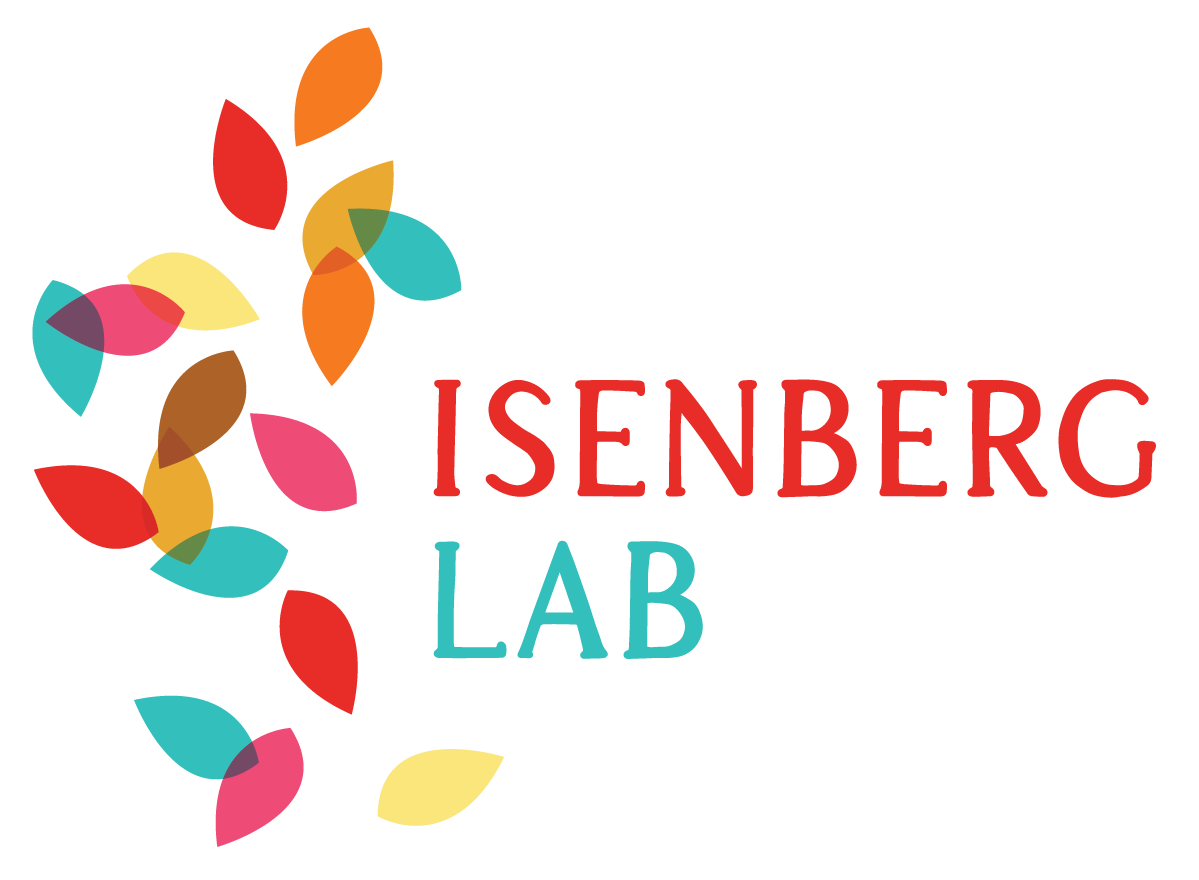-
Born in St. John’s in 1967, raised in Wabush, and Spaniard’s Bay, NL, Reilly has a congenital defect known as an AV fistula malformation, which affects his right hand & arm. With eleven surgeries by 14, Reilly became ambidextrous & switched to left-dominant as he developed his artistic skills. He received a diploma with highest honours in Art from ICS (1986) while in high school, studied Art courses at Memorial University B.A. Eng (1998) B.Ed. (1999). He taught private art lessons, volunteered in local schools, worked as a plasterer and painter, and taught in high school.
Influenced by Canadian artists such as Lawren Harris, David Blackwood, and Ted Harrison, Reilly developed his often colourful, bold, expressionistic style while painting picturesque scenery of his home province of Newfoundland and Labrador since 1984. Reilly’s art includes large bas-relief installations in The Janeway Children’s Hospital, James Paton Memorial Hospital, and Eastlink Events Centre, Clarenville . Reilly’s work is sold by his daughter, Kaeleigh, in Clarenville, NL.
Reilly has had chronic pain his entire life, with his right arm, degenerative disks in his lower spine, and osteoarthritis, resulting in his departure from teaching in 2011.This was when Reilly’s focus on his art intensified as the only activity he still performs as a result of his greatly intensified chronic pain. Reilly produces art from his home in Clarenville, where he lives with his wife, Julie & family.
-
As someone with a lifetime of chronic pain that has intensified for me, a happy death requires 3 key elements, which I have tried to represent symbolically in “Heading toward that Golden Horizon”.
My elements necessary for a happy death are physical comfort, mental clarity, & security for my family. My painting, in a style chiefly influenced by Canadian artists, Lawren Harris, Ted Harrison, & David Blackwood, depicts a person standing in a row boat, heading toward a sun-lit horizon away from shore, where several family members stand. Overhead dark, billowing clouds from which rays of light (“God’s fingers”) shine on the water’s surface. One beam shines on the person in the boat.
The “man” in the boat is experiencing death as a journey taken alone. The horizon toward which he is gently rowing is the symbolic threshold between life and beyond. The main colour of the piece is dark blue, which envelops the characters in the clouds above and water below to show that, even though darkness is closing in, it is peaceful, melancholic, serene, and eternal. The brightest part of the painting symbolizes the anticipated positivity of that ultimate destination. In my case it will hopefully be a final end to my pain, and possibly even an alternate reality where I exist without the pain that has been with me my entire life. Of course many describe this as “heaven”. The physical comfort or ease of the experience is represented by the calm waters and peaceful movement, guided by the dying person gently rowing toward that destination.
The mental clarity, to which I refer, is my hope that my thoughts are not fogged by narcotics, or any other form of induced mental distress or distraction. As someone who has experienced my mental acuity impeded by both pain and the medication intended to lessen that pain, I know this is often something that is unavoidable during times when the body experiences extreme revolt, but for me, I want to face my end with clarity. This is symbolized by the rays of light illuminating the dying man in the boat and the water’s surface under a dark sky. I painted the rays of light white to signify the purity of the clear mind and also to distinguish it from the golden light of the afterlife. Though the man’s back, & all that is behind him, is in darkness & shadow, his face & the path forward is bright & clear.
And, most important- family security. The symbolic family is painted in a monotone brown, grounded, connected to the earth, stable & comforted. Dark outlines reinforce their earthly position, while the dying man is outlined in white for his transition to the ethereal. The family is watching his journey to death, vicariously experiencing it & will be left behind in the potential “wake” of the event. By far the most important part of a happy death for me: My family shouldn't suffer any more because of me. As someone whose family experienced my death by watching my life change drastically I don't want them to suffer financially or mentally.
Previous
Previous
"Chapter One: Until the Last Flower"
Next
Next




